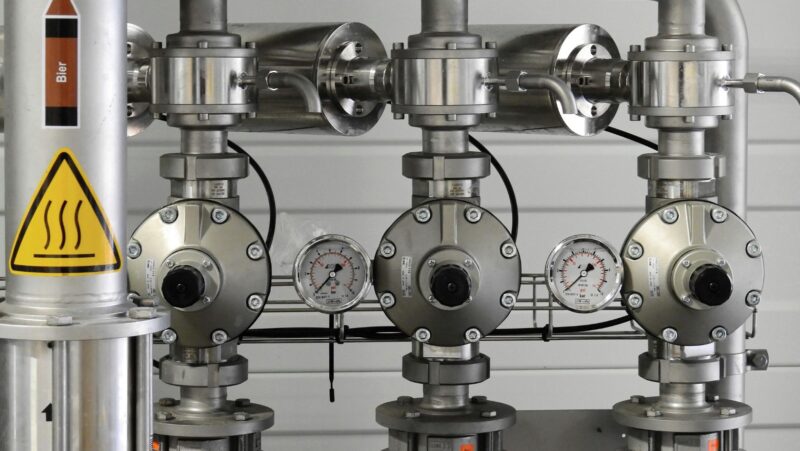
What’s the size of the product? This is a question that can be asked about many different items. For example, what’s the size of a soda can or bottle? What’s the size of a shirt? What’s the size of a car? All of these are valid questions that people want to know before they make a purchase. With so many different sizes for products out there, it can be hard to keep track of them all. In this blog post, we’ll take a look at some of the most common product sizes and give you an idea of how they compare to one another.
It’s a question that comes up time and again – what’s the size of the product? And it can be a tough question to answer, particularly when it comes to software. How do you measure something like the amount of storage on an iPhone, or the clock speed of a processor? But with careful consideration, it is possible to come up with a reasonable estimate.
How big is it?
This is something people ask about all sorts of products, from clothing to furniture to electronic devices. And the answer can vary quite a bit depending on the item in question. For example, a blouse might be a size small, while a couch could be classified as extra-large. But what does that actually mean?
When it comes to physical products, size is usually determined by dimensions. These are the actual measurements of the item in question, and they can be used to compare it to other products of a similar type. For example, a can of soda might be 12 ounces, while a bottle of water could be 16.9 ounces.
When it comes to determining the size of a product, there are two main ways to go about it. The first is to use actual measurements, like inches or centimeters. This is often the best way to compare products of a similar type, like two different cans of soda.
The second way to measure size is by weight. This can be helpful when comparing products that come in different shapes and sizes, like a can of soda and a bottle of water. Weight is also a good way to compare products that might be difficult to measure otherwise, like processors or software.
What are the different types of measurements and how do they work
There are a variety of different measurements that we use in our everyday lives. But what do these measurements mean and how do they work? In this blog post, we’ll discuss the different types of measurements and how to use them.
There are all sorts of different types of measurements that we use in our everyday lives – from metric to imperial, and everything in between! But do you know how they work? And more importantly, do you know which system to use for what situation?
Converting between metric and imperial units
In the United States, we use a system of measurement called the imperial system. This system uses units like inches, feet, and miles. But in many other parts of the world, the metric system is used. This system uses units like meters, kilometers, and liters.
So what happens when you need to convert between these two systems? Luckily, there are a few simple steps that you can follow to make the process a little easier. To convert from imperial to metric, you’ll need to know a few key conversion factors. For example, 1 inch is equal to 2.54 centimeters. To convert from metric to imperial, you’ll need to know that 1 meter is equal to 3.28 feet.













